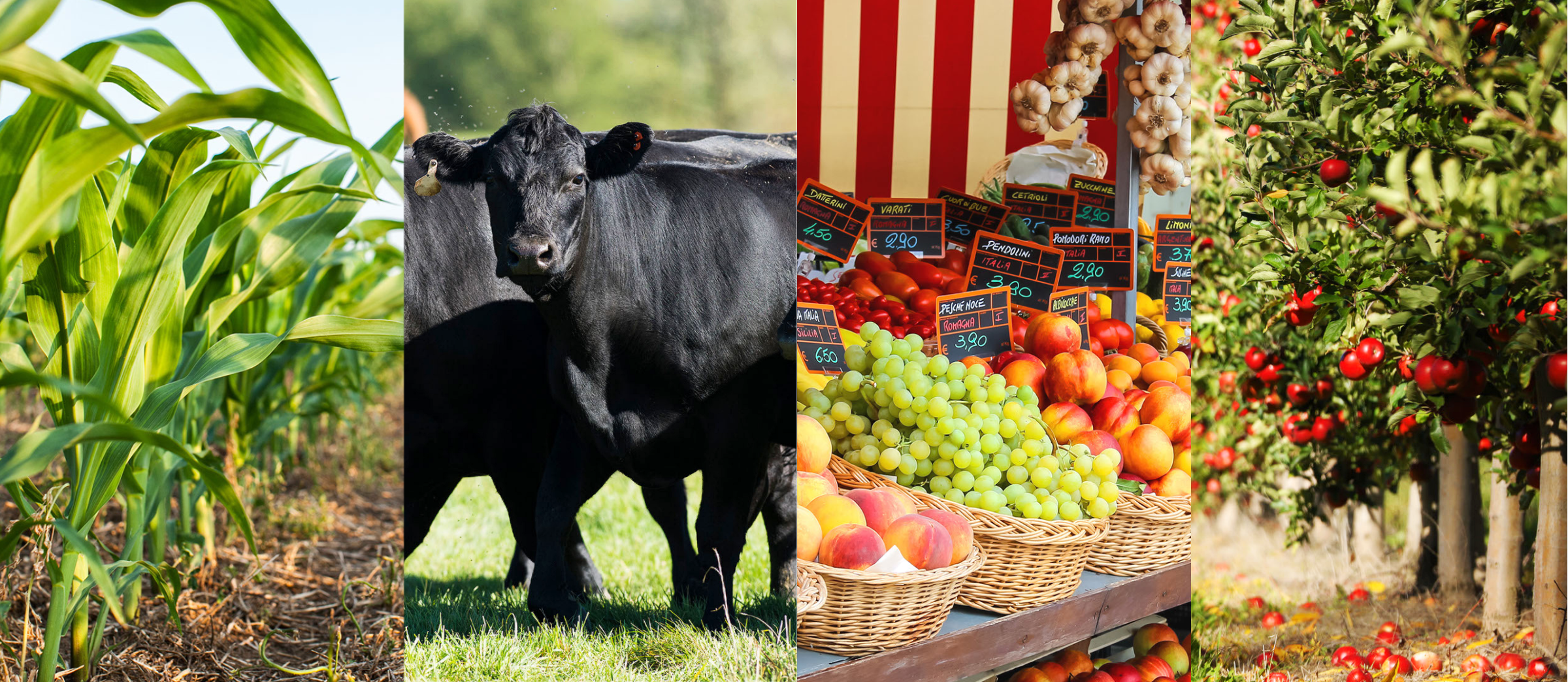Land Rental Agreements

Author(s): Jennifer Rogers
Published: May 30th, 2023
Shareable PDF
Land rental agreements can come in many shapes, sizes, parameters, and stipulations. Typically, we see three basic land rent types: cash rent, share rent, and the increasingly popular, flex rent. Each rental agreement is likely to be different. This article will just touch on the basics, realizing that each landlord and renter can develop their own individual agreement.
Cash rent is typically the easiest and most straightforward rental type. The landlord has a set number of acres to rent. An agreement is made with the renter to pay a set amount per acre for the use of that land. In the agreement, there may be other stipulations such as fertilizer management, crop rotation, and waterway and crossing management included in the agreement. Cash rent gives the landlord a set revenue per year and the renter a set cost per year. The landlord gives up any upside due to prices and yields. Likewise, the renter bears the full risk in a down year, no matter the revenue generated from the land, the same rent is due. Determining the cash rental rate is a science in and of itself. Rental rates are dependent upon the soil productivity level, size of the tract of land being rented, location, competition among potential renters, and many other factors. It helps the negotiation process if both parties are somewhat familiar with current cash rents in the area. Sometimes the landlord has a particular renter in mind that they want to rent their ground to. This requires the two parties to come to an agreement. Other times, a closed or open bid process is used to rent the ground to the highest bidder.
Crop share rent can be equally as popular as cash rent. One of the attractive qualities of crop share is that it helps to spread the risk and reward between the landlord and the renter. Again, crop share agreements vary among areas, producers, and individual land tracts. Crop share agreements can also vary based on the crop planted. A crop share rent works just like it sounds. An agreement is made between the parties that the landlord will receive a certain percentage of the crop. This percentage can be anything but are typically somewhere between 20% and 50% of the crop. Sometimes the landlord receives a percentage of the crop “clear of expenses”, meaning that the landlord pays none of the costs of production. Other times landlord may receive a higher percentage of the crop in exchange for paying a portion of the expenses. Under a crop share agreement, the landlord owns a portion of the crop. This requires an agreement on how and when the landlord will be paid for their crop. The landlord could market their own crop. Sometimes an agreement is made for the producer to haul the crop at the time of harvest and sell the landlord share at the current market price on the day of harvest. Again, these agreements can vary from one rental agreement to another. Under a crop share agreement, the landlord now bears part of the revenue risk associated with crop production and market prices. In many situations, the landlord in a crop share agreement may find it wise to purchase crop insurance for their pair of the crop. Likewise, the landlord may have the opportunity to experience the upside of revenue increases due to crop production and market rallies. The renter in a crop share agreement gets to share the risk of a down year with the landlord. Crop share rental agreements typically require the landlord to be slightly more involved and knowledgeable about crop production levels and crop markets.
In recent years, a hybrid rental agreement seems to have gained popularity. This is referred to as a Flex Lease. The flex lease combines some attributes from the cash rent and crop share agreements. Like all rental agreements, the flex lease can vary widely. Typically, a flex lease sets a minimum cash rent. This cash rent might be lower than a traditional cash rent, this helps to protect the renter in the case of decreased revenues, but locks in a minimum for the landlord. A flex lease also has a component to allow the landlord to gain in the case of increased revenues. This might be through a percentage of the crop when revenue hits or exceeds a predetermined threshold. Flex leases require more communication and knowledge of both the landlord and the renter. Many details must be worked out to determine the parameters that trigger increased rental payments. One of the most difficult parameters is what price to use and where and when to obtain that price to calculate revenue. It is important that both parties have a full understanding of the agreements and how increased payments are triggered and calculated.
As mentioned many times in the article, rental agreements can be different in a variety of ways. One of the most important points around rental agreements is that all parties fully understand what has been agreed upon. While many rental agreements are made verbally and over a handshake, it is highly recommended that any rental agreement be put in writing. A written rental agreement allows both parties or their representatives to refer back to the parameters of the lease. A written rental agreement also helps protect both parties in the case of death or other unexpected tragedy. Written agreements allow outside parties to know what the agreement was and how long it is in effect. Sample rental agreements to get you started can be found through a quick online search. If desired, an attorney can be contacted to review your rental agreement to be sure that your interests are protected.
Recommended Citation Format:
Rogers, J. "Land Rental Agreements." Economic and Policy Update (23):5, Department of Agricultural Economics, University of Kentucky, May 30th, 2023.
Author(s) Contact Information:
Jennifer Rogers | KFBM Area Extension Specialist | jennifer.rogers@uky.edu
Recent Extension Articles
Current State of Carbon Market Policies
Jordan Shockley
There are now policies that have passed or are currently being considered pertaining to carbon markets in the agricultural sector. Two important policies in the carbon market space are the Growing Climate Solutions Act (passed) and the proposed rule by the Securities and Exchange Commission (SEC) titled “The Enhancement and Standardization of Climate-Related Disclosures for Investors.”
2023 May WASDE Update: Yield is King
Steve Isaacs
It’s certainly a credit to the Land Grant System and the Cooperative Extension Service that most farm magazine articles about some new topic end with, “For more information, contact your local Extension office.” Rather than trying to be an expert on every topic, it has proved useful to provide a structure for answering the questions and conducting some analysis. Early in my career, I started using a simple acronym, PRIMER, to guide the discussion.



